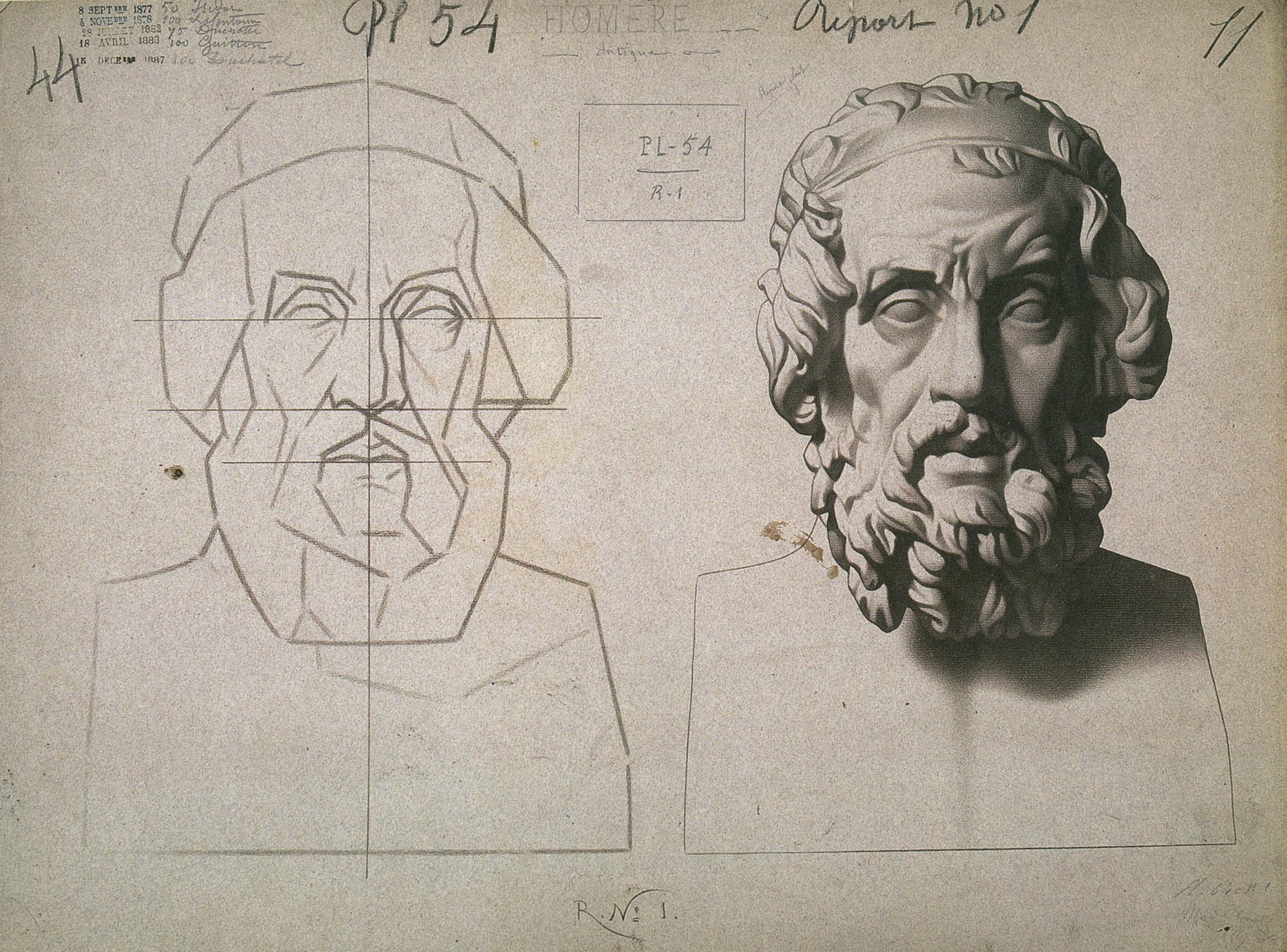
When Flannery O’Connor was asked if she thought that universities stiffly young writers she replied, “They don’t stifle enough of them. There’s many a bestseller that could have been prevented by a good teacher.” Since reading this entry in Habit of Being, I’ve obsessed with finding a good teacher. After five years of my hunt for great writing teachers, I feel somewhat qualified to recommend a few.
5. Gwynne’s Grammar
Of course, a grammar book has to first. Well… fifth. Words are the material of the writer, although the story is his work. Doesn’t matter how beautiful your chair is, if the wood is weak it will not stand. The same is true for a story. Even The Odyssey would have failed if Homer couldn’t string together a sentence. Gwynne’s Grammar: The Ultimate Introduction to Grammar and the Writing of Good English is the perfect place to begin mastering your skills. As a standard grammar manual, it’s incomplete and needs supplements.
As a learning instrument, it’s a thorough introduction. If you’ve worked through high school grammar and need a reminder of things you may have missed, Gwynne’s Grammar is a great reference. At the end of the book, Gwynne includes his edit of Strunk and White – a book which all serious writers should be familiar with.
4. Charles Bargue Drawing Course
Postmodernism’s great artistic mistake is believing that the artist creates, rather than that the artist imitates. In some way all art begins from what is beyond us – you can’t describe pain unless if you’ve experienced it, either because you saw it happen or suffered it. The author does not create, the author imitates. The autor becomes present in the world he lives in and recounts that world to others, hopefully with some sort of insight. The great benefit of the Charles Bargue Drawing Course is that it’s a curriculum in how to see. Through a series of exercises in cast drawings, it slowly takes you from distinguishing shapes, to figures, shadows, to depth, to drawing from the living model. Yes, the book was meant for painters, but it teaches a mentality which is valuable to all artists, especially writers.
3. Bird by Bird
Anne Lammott’s main concern in Bird by Bird: Some Instructions on Writing Life is leading you into the habit of writing. She wants to teach how to live writing. The book handles the most basic problems of being a writer, such as beginning to write every day, learning to deal with rough drafts, and overcoming writer’s block. It’s one of the most nurturing things a young writer could read. However, it is very demanding. Not practicing your craft leads to not being very good at it. Anne Lammott points out at the start of her book that not writing is the cardinal sin of the writer.
2. The Art of Fiction
The Art of Fiction: Notes on Craft for Young Writers by John Gardner truly is a phenomenal book. Not only is it full of great advice, but it’s also a wonderful introduction to literary criticism. It was written to help writers begin the first serious reflection on their craft. John Gardner teaches one element of fiction every chapter. He illustrates every element with vivid examples.
One warning: John Gardner is a serious teacher. He didn’t write this book for those interested in bettering their writing. He wrote this book for those truly serious about writing. Because of this, at times he is very demanding. Anne Lammott taught her students live writing. John Gardner taught his students how to bleed writing.
1. Mystery and Manners
Yes, I am obsessed. Although Flannery O’Connor is the Virgil to my Dante, I like to believe I put Mystery and Manners on this list because of its merit.
I mentioned that The Art of Fiction was great for the writer who is beginning their first serious reflection. Mystery and Manners goes beyond a mere reflection. Of course, reflection is included, but Flannery O’Connor doesn’t hesitate to sort out what it all means. For her, writing is a spiritual experience. Her literary criticism extends to her mysticism:
“St. Thomas Aquinas says that art does not require rectitude of the appetite, that it is wholly concerned with the good of that which is made. He says that a work of art is good in itself, and this is a truth that the modern world has largely forgotten. We are not content to stay within our limitations and make something that is simply good by itself. Now we want to make something that will have some utilitarian value. Yet what is good in itself glorifies God because it reflects God. The artist has his hands full and does his duty if he attends to his art.”
Her approach to writing as a calling from God is why Mystery and Manners is first. Whether or not you’re a fan of her fiction, Mystery and Manners is indispensable. It’s not enough to live writing, or even to take it seriously. To uphold the Catholic literary tradition, you must understand your work is for the greater glory of God. She separates writing from theology but keeps a spiritual approach. This is what makes her the great Catholic writing teacher.
Honorable Mention: Confabulario
Juan Jose Arreola is incredibly underrated, mostly because publishers outside of Mexico have failed to distribute him. In my opinion, he mastered the art of the fable or the simple story. His book Confabulario is a guide for students intending to understand, most simply, what a story is. The book teaches by example. Juan Jose Arreola provides his students with a series of fables. Each fable is a digestible one to five pages long. These fables serve to help young writers develop an ear for stories.
Personally, I place Juan Jose Arreola second only to Flannery O’Connor, but, considering his obscurity, it didn’t feel comfortable placing him in the list. I do, however, recommend him highly, and in many ways consider him a preliminary to any literary criticism. Literary criticism is the science of explaining the phenomena of good literature or bad literature. Juan Jose Arreola gives a minimal look at the phenomena, allowing his students to keep it in mind, dissect it in simple terms, and understand it as one small whole so they may later build on it as something greater.




